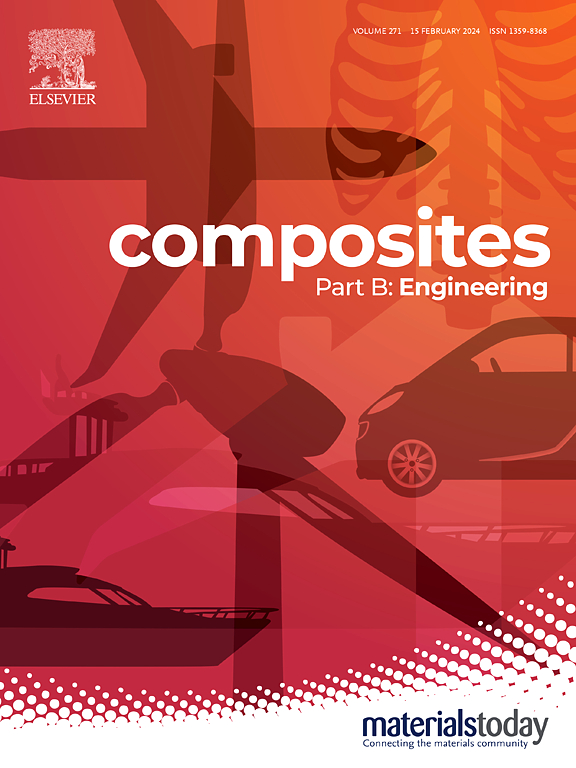Unveiling the effects of laser scanning direction and processing parameters on heat transfer and ablation behavior of CFRP
IF 12.7
1区 材料科学
Q1 ENGINEERING, MULTIDISCIPLINARY
引用次数: 0
Abstract
Carbon fiber reinforced plastic (CFRP) has found extensive applications in aerospace, automotive, and biomedical fields owing to its exceptional mechanical properties. Nanosecond pulsed laser processing offers a promising avenue for treating CFRP laminates; however, the inevitable thermal damage during processing may significantly degrade the surface integrity. An in-depth analysis of the correlation between ablation characteristics of CFRP and laser processing conditions is essential for understanding the complex heat transfer and ablation mechanisms during laser processing of CFRP and is a prerequisite for improved control of thermal damage. This study examines the thermal transfer and ablation behavior of CFRP subjected to nanosecond laser ablation, focusing on how laser scanning direction and processing parameters influence the surface characteristics of the laser-ablated regions. The results indicate that the width of the heat-affected zone (HAZ) increases with increasing laser power, decreasing scanning speed, and decreasing scanning pitch. Moreover, the scanning direction plays a crucial role in determining the HAZ characteristics and material removal rate. Processing CFRP along the 0° direction relative to the carbon fiber orientation yields higher efficiency and less thermal damage compared to the 90° direction. Chemical composition analysis reveals that laser ablation induces a structural transformation in carbon fibers, shifting from sp2 graphite-like lattice orbitals to sp3 hybird orbitals. Numerical simulations further elucidate the heat transfer and ablation mechanisms under various experimental conditions. This study contributes to a deeper understanding of the laser-CFRP interaction, facilitating the development of high-integrity CFRP surfaces and broadening their practical applications across multiple industries.

求助全文
约1分钟内获得全文
求助全文
来源期刊

Composites Part B: Engineering
工程技术-材料科学:复合
CiteScore
24.40
自引率
11.50%
发文量
784
审稿时长
21 days
期刊介绍:
Composites Part B: Engineering is a journal that publishes impactful research of high quality on composite materials. This research is supported by fundamental mechanics and materials science and engineering approaches. The targeted research can cover a wide range of length scales, ranging from nano to micro and meso, and even to the full product and structure level. The journal specifically focuses on engineering applications that involve high performance composites. These applications can range from low volume and high cost to high volume and low cost composite development.
The main goal of the journal is to provide a platform for the prompt publication of original and high quality research. The emphasis is on design, development, modeling, validation, and manufacturing of engineering details and concepts. The journal welcomes both basic research papers and proposals for review articles. Authors are encouraged to address challenges across various application areas. These areas include, but are not limited to, aerospace, automotive, and other surface transportation. The journal also covers energy-related applications, with a focus on renewable energy. Other application areas include infrastructure, off-shore and maritime projects, health care technology, and recreational products.
 求助内容:
求助内容: 应助结果提醒方式:
应助结果提醒方式:


